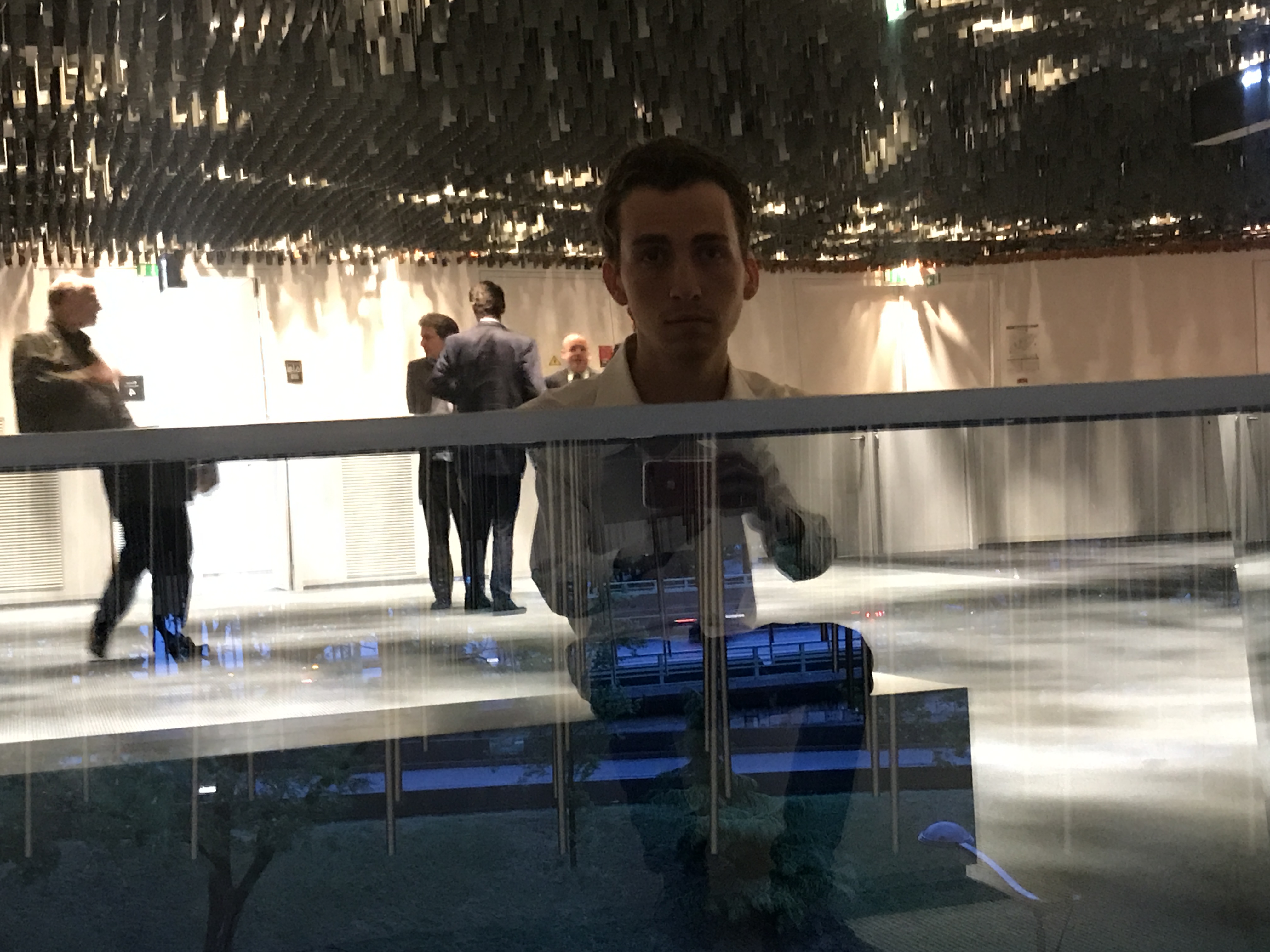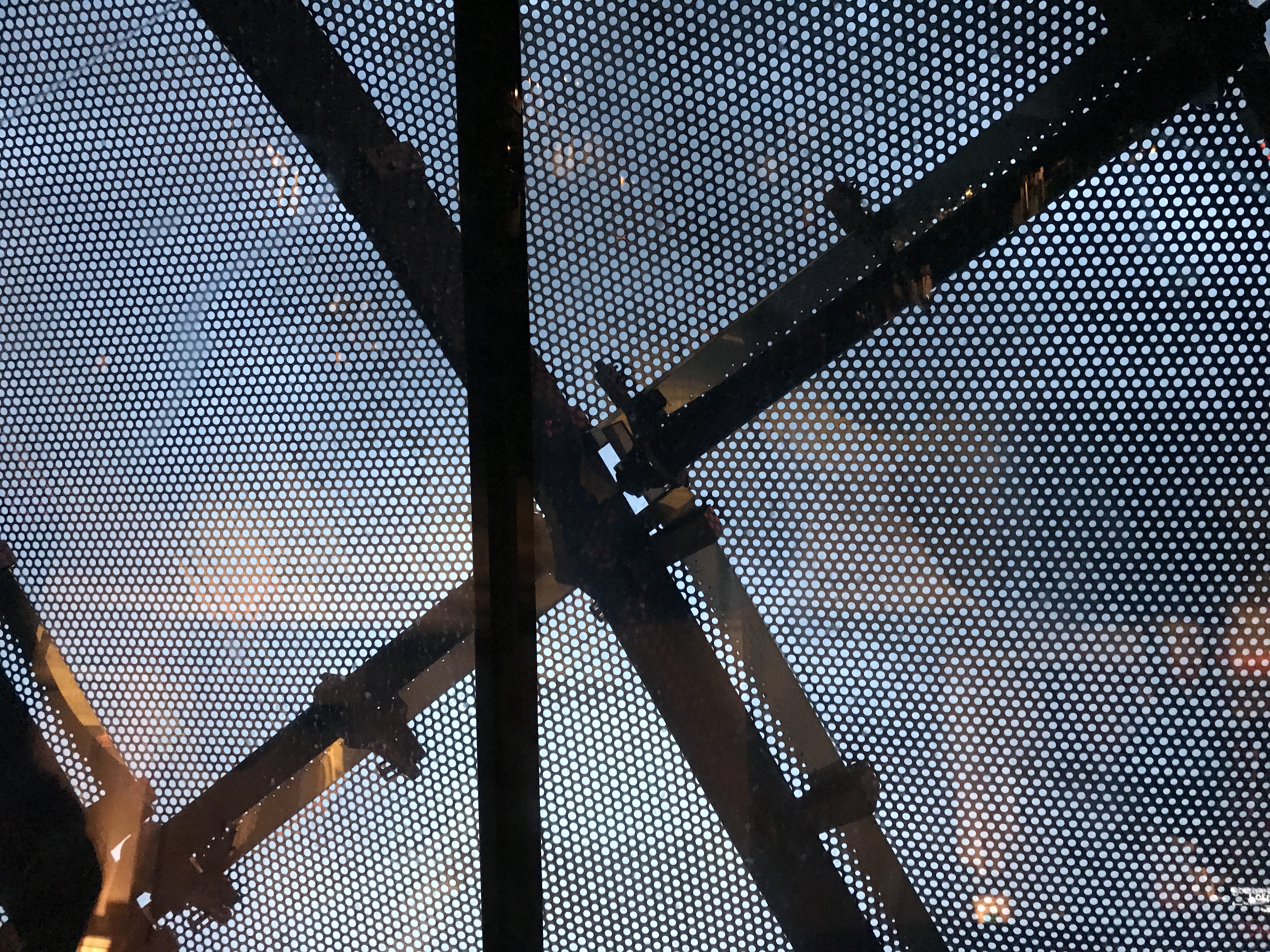Maymester Day 4

This morning’s discussion about the value of art and whether it is a commodity or not really had me thinking about my own art and how I choose to monetize(or not monetize) it. When I google the definition of commodity, it is defined as “a raw material or primarily agricultural product that can be bought and sold, such as copper or coffee”. If I were to go by this definition, then my music would probably not fit into the “commodity category” exactly, as it is not a raw material and certainly not an agricultural product. However, upon searching through a few more definitions I find a broader, and in my opinion, more accurate definition of commodity which states: “A commodity is a marketable item produced to satisfy wants or needs. Often the item is fungible”. So if we go by the first part of this definition, then yes, my music is a commodity as it satisfies a listeners’ need for music. However, the reason I believe that my music is not in fact a commodity lies in the fact that my particular type of music is not fungible. I truly believe that there is no musician who can play in the exact way, or fulfill the exact same musical tasks which I am able to do. This concept of being so good that you can’t be replaced is what we as musicians and artists have been taught will be the determiner of if we can break through into the industry. I feel as though my success and future as a musician lies in my ability to distinguish my talent and skills as something that could never be a commodity, in that it will never be fungible. There can never be someone who can satisfy the exact needs or wants that I can, otherwise I have lost as an artist, and am no more valuable than the cup of coffee which can be bought for the same quality and price next door.
After our provocative class discussion, I head home, take a nap and get ready to go to see the renowned “Orchestre de Paris”. I am surprised by the Philharmonie de Paris’ similarities in ambience and architecture to Disney Hall, though it comes nowhere close to the splendor of Disney Hall. Apparently, from what I have heard talking to a few of the locals, there is a lot of public outrage over the Philharmonie de Paris’ construction, as the project has apparently gone way over budget and there are still physical parts of the concert hall that are missing or only partially built. Nonetheless, it is quite a beautiful structure.
The “Orchestre de Paris” plays the entrance to Ravel’s “Daphnis et Chloé” Suite no. 2 so softly, that for a moment I wonder if their instruments are even making sound. It is with this attention to the smallest of musical details with which the Orchestre de Paris plays. There is a magical quality to their playing which takes me a while to put my finger on, but as the piece goes on, I realize that it is the same thing that made their entrance so magical: the delicacy of their pianissimo’s. Time and time again in my own experience as a musician I’ve had teachers and conductors tell me that it is easy to play loud, but that the hardest work lies in the quality of sound of the softest parts. I felt like the “Orchestre de Paris” really exemplified what it means to play at the quietest level with the most precision and musicality. It has been a long time since I have been inspired in the way that I was after hearing “Daphnis et Chloé”, and the musical buzz seems to stay with me well into the late hours of the night.

Creative architecture at the Philharmonie de Paris

The exterior of the Philharmonie de Paris

A woman prepares to enter the Philharmonie de Paris
-
Recent Posts
Recent Comments
Archives
Categories
Meta